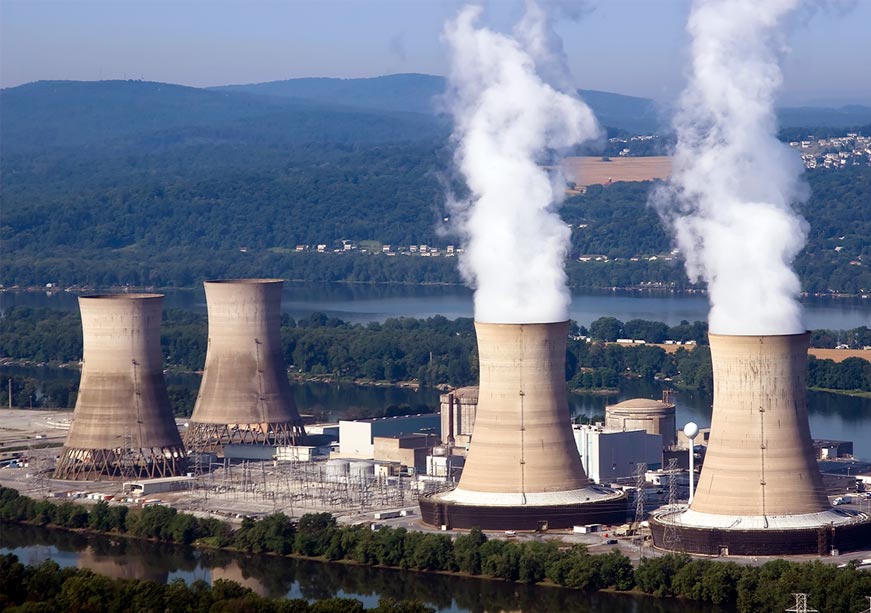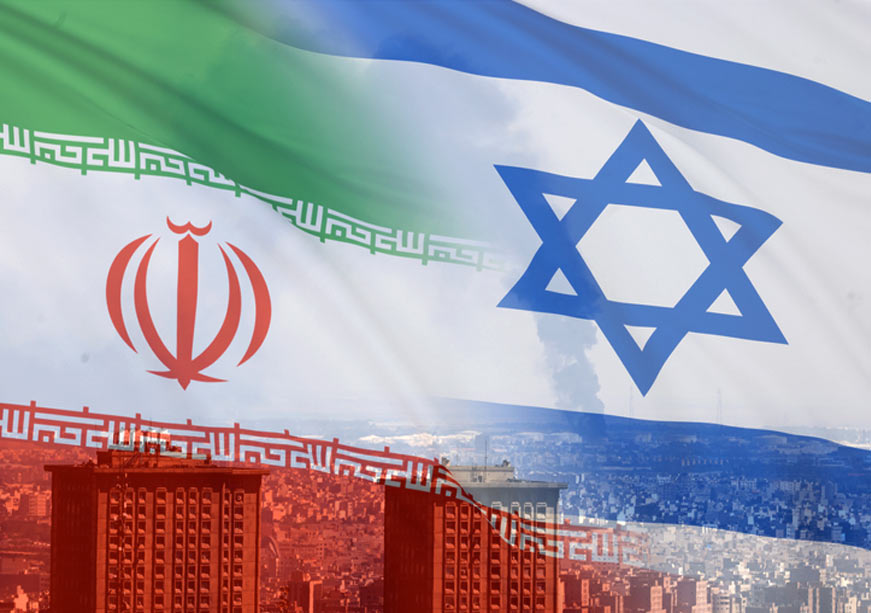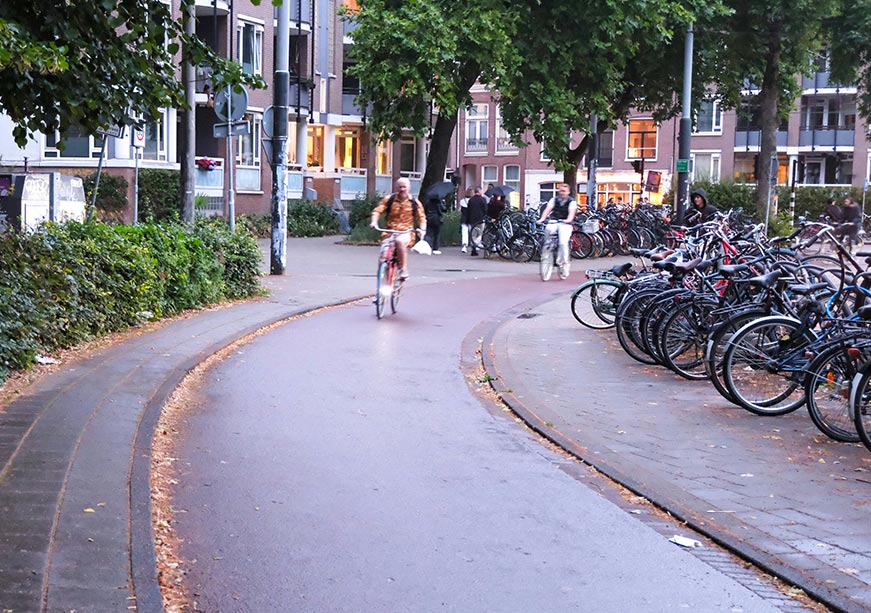Civilian nuclear energy is at an inflection point globally, and considering its potential, it could offer a platform upon which countries may forge sustainable sinews of relatively lasting cooperation.
Iterations of international collaborative frameworks, such as the coming together of France, India, the United States (US), and the United Arab Emirates (UAE), may be envisaged to explore cooperation in the field of civilian nuclear energy and commerce relating to it. The choice of the four countries for this particular collaborative pursuit is based on two broad considerations. First, the recent commitments in the field of civil nuclear energy cooperation through agreements/declarations between these countries (Figure 1.)
Figure 1: Recent Declarations Regarding Civil Nuclear Energy Cooperation
| Partnership | Action points |
| France-India |
|
| France-UAE |
|
| France-US |
|
| India-US |
|
| India-UAE |
|
| UAE-US |
|
| France-India-UAE Trilateral | The three partners remain committed to research and implementation in the field of nuclear energy projects |
Second, the form commends itself by three specific attributes that are common to all four actors:
- Value of Nuclear Energy to Data Centres
A significant part of nuclear energy’s appeal to these four countries stems from its ability to serve as a reliable baseload option for powering data centres. Electricity demand from data centres is expected to double to 945 terrawatt-hour (TWh) by 2030. Given their structural form, data centres cannot afford intermittency in their energy source. If achieving generative AI leadership is a national priority, then integrating a scalable, low-emission, grid-scale energy source becomes essential. Nuclear energy, relative to all other forms of energy, has the highest capacity factor by source. It is a characteristic that substantially enhances the reliability index of the form and effects a more seamless integration into electrical grids. The co-location of data centres and generation of nuclear energy, a model endorsed by President Trump, could serve as a useful template. By their design and connectivity, SMRs also commend themselves to the kind of plug-and-play technology which can underwrite the requirements of AI.
- Nuclear commerce
The development of a nuclear value-chain that is both robust and scalable is imperative if the COP28 commitment—facilitated by the World Nuclear Symposium and the Emirates Nuclear Energy Corporation in 2023—to triple global nuclear capacity by 2050 is to be realised.. A meaningful step in this direction was the private sector’s commitment to the Large Energy Users Pledge signed by 14 global companies, including several hyperscalers, and facilitated by the World Nuclear Association, the Net Zero Nuclear Initiative and the Urenco Group. The group is now committed to the cause of tripling nuclear capacity alongside 31 countries, 14 global financial institutions. and nearly 140 nuclear industry companies. All of the listed countries and their private sectors have signed up to these pledges and begun investing to meet the commitments made under them.
- Energy transition goals
The value of nuclear energy as a source of fuel with lower emissions also commends it to the long-term energy transition goals that at least three of these four countries, viz., India, France, UAE, remain committed to presently. Due to its ability to offset intermittency, nuclear energy is also uniquely suited to the needs of these countries keen on expanding their renewables portfolio, including the production of hydrogen, which could prove revolutionary in transportation and industrialisation.
Adding South Korea?
South Korea is among the foremost in global nuclear energy project execution and delivery timelines. Its potential share in the deployment of civilian nuclear energy, specifically in the SMRs domain, in South East Asia could be significant. Despite its established reliability in the domestic nuclear programmes of both India and the UAE, as well as its ongoing cooperation with Washington and Paris on non-proliferation and safety protocols, Seoul’s inclusion in a broader nuclear partnership remains complex. Seoul directly competes with Paris in terms of experience and execution, and Washington DC in terms of technology. The recently concluded agreement between South Korea and the Czech Republic regarding the export of nuclear reactors, for instance, could further aggravate competition with France, as it could act as a precursor to Seoul expanding its exports in the field to other European countries, a region widely recognised as France’s backyard. It is a pattern that could be repeated often, given the similarities in South Korea’s strengths in the domain and those of the US and France.
Verticals of cooperation
- Expediting design standardisation
The common practice of heterogeneity in a country’s nuclear portfolio, where multiple variations of nuclear reactors are simultaneously operational, makes it difficult to generate cost gains from economies of scale. A recently published authoritative study on the Chinese experience in addressing the cost-escalation curve demonstrates the value of both design standardisation as well as indigenisation of production and manufacture of nuclear reactors and the establishment of nuclear plants. Yet, the customisation that its modularity feature allows is an essential part of the value proposition of SMRs. This allows countries to adopt SMRs in the format that best suits their specific requirements as well as limitations. However, internationally, more than 70 SMR designs are presently under consideration. This multiplicity significantly raises the costs associated with the deployment of the technology, and can wholly negate any cost benefits that are expected to be generated. Coordinating R&D in the domain to help achieve design standardisation for domestic adoption and global deployment could serve as the first pillar of this cooperative framework between these countries.
- Collaborating to create regulatory frameworks
Compatible views on the nature and import of non-proliferation, reprocessing of spent fuel and conversion capabilities would make collaborating on the creation of regulatory frameworks viable between these partners. The four countries could collectively coordinate with the International Atomic Energy Agency to create regulatory standardisation and stability in the domain of SMR technology. The technical and regulatory complexities related to SMRs, as with any nuclear energy format, further compound the risk assessments of these projects. Building enough leverage to participate in formulating the regulatory framework would aid in propelling the domestic SMR industries of these countries, with a head start in compliance.
- Funding
Despite the anticipated cost overlays in the case of SMRs being lesser than those of large nuclear, regulatory complexities and absence of design standardisation increase the risk calculus of investing in these projects. The recent willingness of the World Bank to fund R&D and deployment of SMRs could be capitalised on through the creation of a consortium from among these countries aimed at providing soft loans that could underwrite viability gap funding in the sector.
A significant development which can change the calculus for the industry, in general, and nuclear commerce surrounding SMRs, in particular, is the ending of the ban on funding of nuclear energy projects by the World Bank, announced in June 2025. The World Bank’s participation, given its commitments to enhancing global energy access and alleviation energy poverty, could directly translate into having other financial organisations being amenable to underwriting the capex-intensive SMR projects.
- Export of technology and human resource mobility
The transfer, export, and adoption of existing technology have, at large, facilitated the experience of both France and China in addressing the cost escalation inherent in nuclear projects. It is a model that could be used to generate viable and cost-effective pathways for the deployment of SMRs internationally, too. The Initiative on Critical and Emerging Technology (iCET) framework for Indo-US high-tech cooperation could serve as a useful template if it were to be adapted to the pursuit of nuclear-clean energy cooperation between these partner countries.
The harnessing of nuclear energy directly addresses both imperatives and aspirations associated with energy security, as well as economic growth and decarbonisation targets of these four countries. Integrating nuclear commerce with these pursuits could be a significant value-addition, enabling strategic leverage for them as a grouping, too.
Cauvery Ganapathy is Non-Resident Fellow, ORF Middle East.












